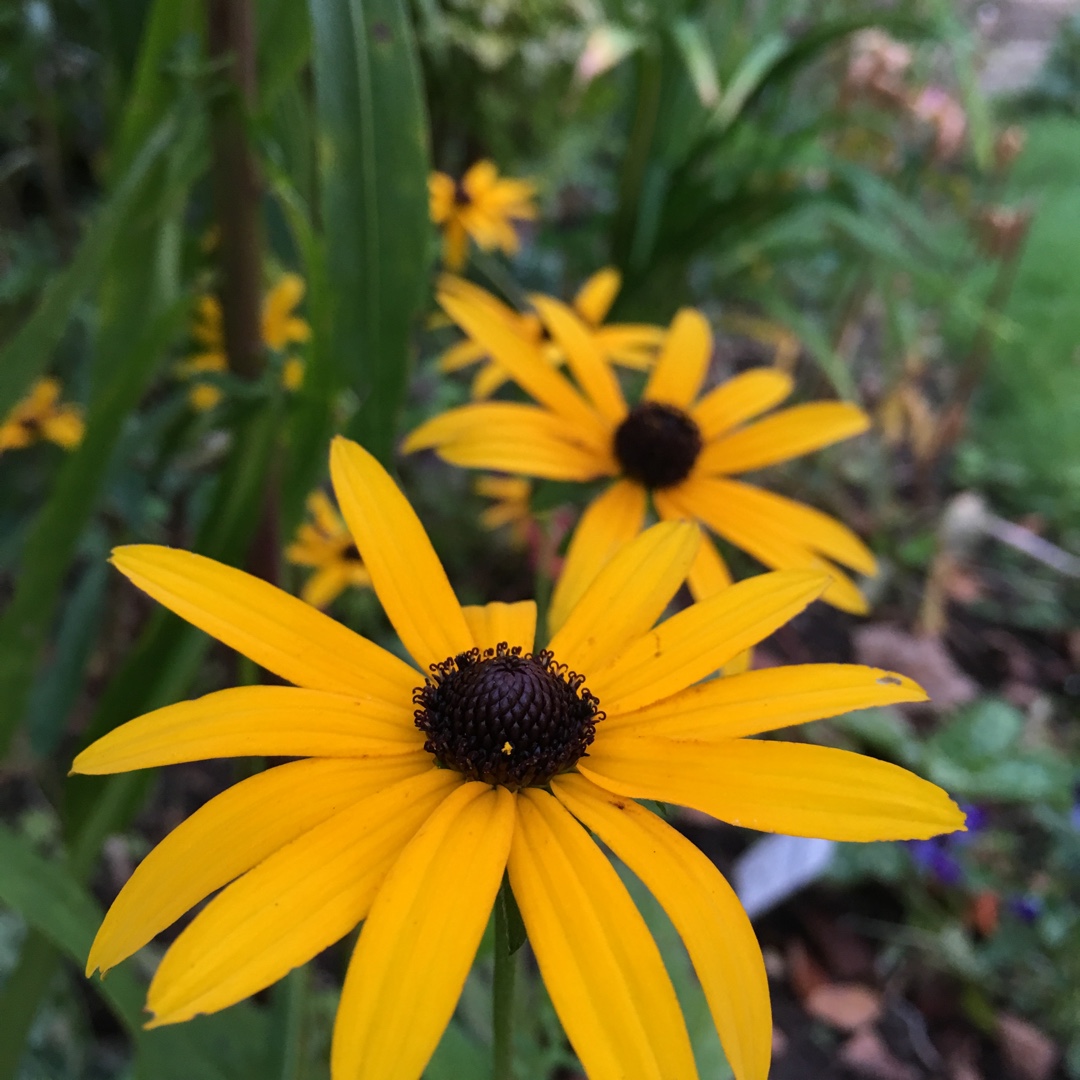
Rudbeckia 'Horrid'
Brown Eyed Susan 'Horrid'
Rudbeckias, or Coneflowers, are herbaceous, and mostly perennial plants (some annual or biennial). They are easy to grow, and have colourful daisy-like flowers (usually in shades of yellow, orange or red) with petals that droop downwards from the prominent central cone-shaped dark centre.The leaves grow in a spiral arrangement up the stem.
Contributed by @jacq1075
-
Full sun
-
Occasional watering
-
Frost Hardy: 23F (-5°C)
-
Moist and free draining
Common name
Brown Eyed Susan 'Horrid'
Latin name
Rudbeckia 'Horrid'
type
Herbaceous Perennials
family
Asteraceae
ph
5.0 - 8.0 Acid - Neutral
Plant & bloom calendar
-
Best time to plant
-
When the plant will bloom
full grown dimensions
 0.50 M
1.50 M
0.50 M
1.50 M
Rudbeckia 'Horrid'
Rudbeckias, or Coneflowers, are herbaceous, and mostly perennial plants (some annual or biennial). They are easy to grow, and have colourful daisy-like flowers (usually in shades of yellow, orange or red) with petals that droop downwards from the prominent central cone-shaped dark centre.The leaves grow in a spiral arrangement up the stem.
Flowering Season
From Mid Summer TO Mid Autumn
The flowers start to bloom in mid-summer and will continue through to autumn with regular dead heading. Cut R. hirta species back hard after first flowering and apply a liquid feed to promote a second flush.
Planting
From Late Autumn TO Mid Spring
Rudbeckia will grow in any well cultivated and well drained garden soil in an open and sunny site. All perennial species and taller annual species require staking in exposed positions. Plant perennial varieties in late autumn or spring. On dry soils, mulch with peat or decayed manure early in spring unless height restriction of taller varieties is wanted.
Propagation by seed
From Early Spring TO Mid Spring
Sow seed for annual species in pots during early to mid-spring or in late summer and place in a cold frame. Overwinter in a frame and plant out in flowering site in early summer.


















